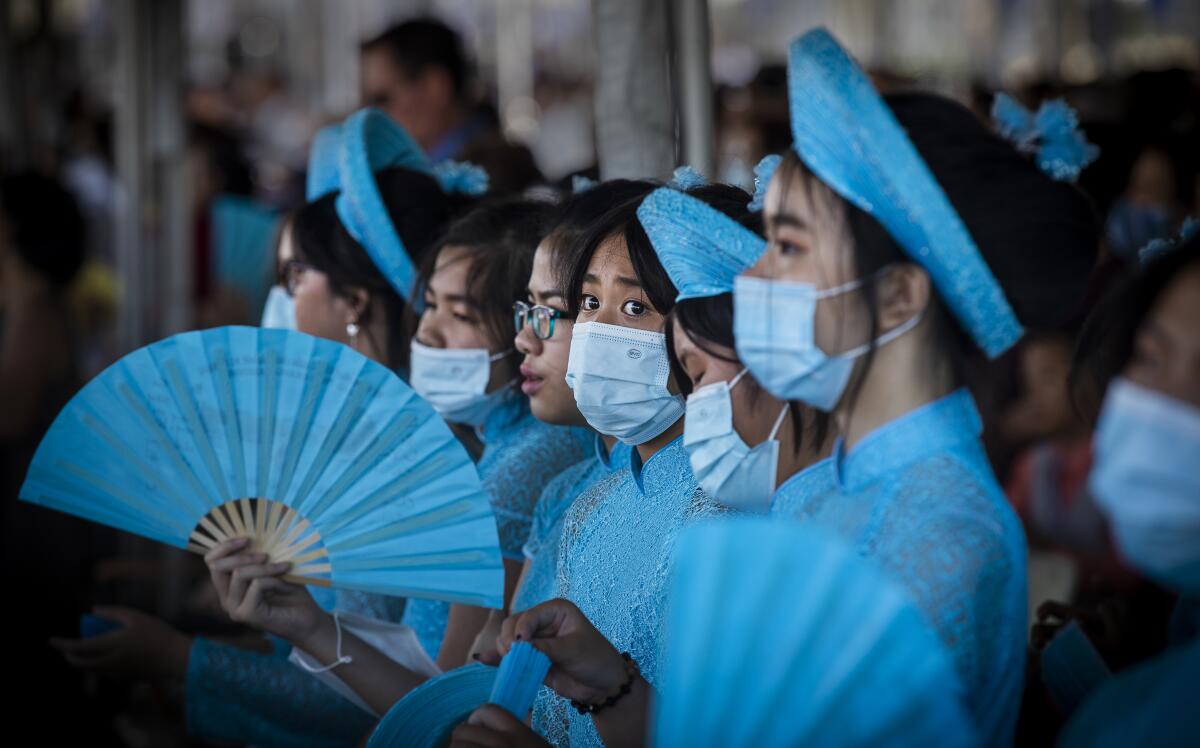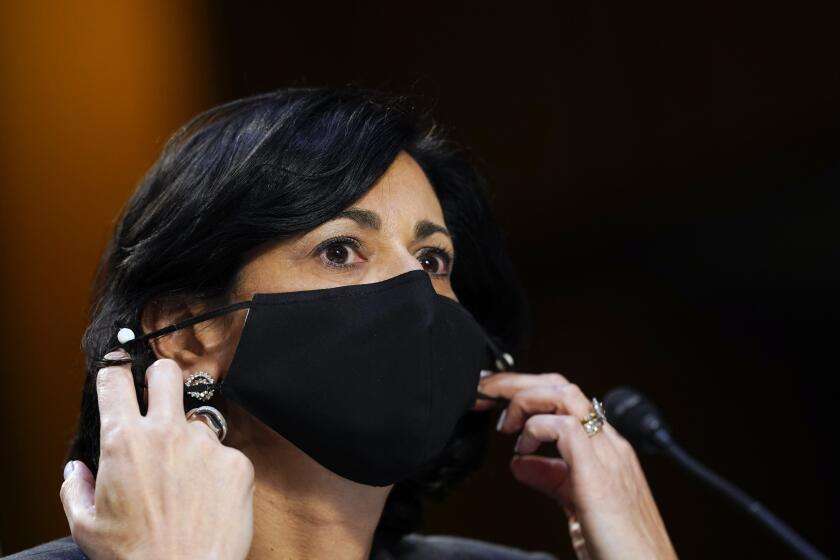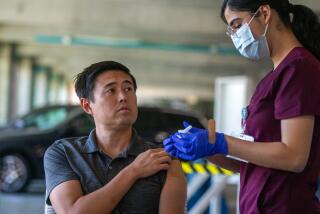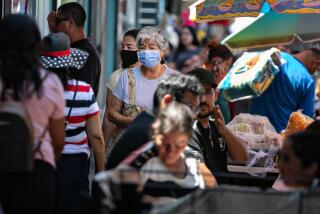What is it about the Delta variant that makes it spread so easily?

The Delta variant continues to tear across the United States, causing hospital rates to soar and leading the Centers for Disease Control and Prevention to recommend that even people who are fully vaccinated resume wearing masks in indoor public spaces in most parts of the country.
The Delta variant was first detected in India in December of 2020 and likely arrived in the United States around March. It wasted little time outcompeting all other variants here to become the country’s dominant coronavirus strain. The CDC estimates that Delta is responsible for about 82% of recent SARS-CoV-2 infections here.
“The virus has been very successful in humans from Day One, but this Delta variant just puts the earlier variants to shame,” said Michael Worobey, a virologist at the University of Arizona.
Luckily for us, the Delta variant is far less likely to cause serious disease or death in people who are fully vaccinated against COVID-19. However, the variant does have a formidable super power: It replicates far more rapidly and efficiently in the human body than any previous known variant.
Nasal swabs reveal that people infected with Delta have 1,000 times more virus particles in their upper respiratory systems than those who were infected with the coronavirus that sparked the pandemic in the first place.
“That means every cough, every sneeze is packed with that much more virus,” said Dr. Jaimie Meyer, an infectious disease physician at Yale Medicine in New Haven, Conn.
Worobey put it this way: “If you think of the individual particles as machine gun fire, the Delta variant is shooting at us at 1,000 rounds per second, while previous variants were only shooting at one round per second.”
This helps explain why Delta is roughly twice as transmissible as the original strain of the virus.
The Delta variant is more formidable than previously believed, due to its ability to infect and be spread by people who are vaccinated, a CDC document says.
Delta’s rapid, efficient replication also helps explain another troubling aspect of this supercharged foe: A person infected with this variant can pass it along sooner than a person who harbors another strain.
With previous variants, it took about six days after an initial infection for an individual to produce enough virus to infect others, said Chunhuei Chi, director of the Center for Global Health at Oregon State University.
The Delta variant reduced that timeline to just four days, allowing it to spread through communities with unprecedented speed.
“Delta is different,” said Dr. Joseph Kanter, state health officer of the Louisiana Department of Health. “The transmission dynamics are different. The level of viral load we see in people is different.”
Scientists are still analyzing exactly what mutations in the Delta variant’s genome helped it outcompete earlier versions of SARS-CoV-2.
“It’s a very good question,” Worobey said. “It could be a variety of things.”
Misinformation about COVID-19 vaccines is costing people their lives. We separate the myths from the reality.
One candidate is a mutation in the virus’ spike protein that improves its odds of entering a target cell.
Viruses cannot replicate on their own. Instead, they must hijack the machinery of a host cell to make copies of themselves. Those copies are then released into the body and infect other cells, repeating the cycle.
Like other versions of SARS CoV-2, the Delta variant has to first bind to a protein on the surface of the cell it plans to infect. Then it has to cleave itself at the exact right time and place to force itself inside.
Researchers have found evidence that one of the Delta variant’s mutations — called P681R — makes this essential cleaving step easier and more efficient than it is in previous variants.
This may sound like a subtle change, but the cumulative effect of a mutation that improves the odds of the virus entering a cell is significant, said Benhur Lee, a microbiologist at the Icahn School of Medicine at Mount Sinai in New York.
“Multiply this by a gazillion times and average it out, and what you might see is increased transmissibility,” he said.
There may be additional forces at work too, he said, since Delta’s genome has other mutations that don’t affect the spike protein.
“We do not know that the spike is the answer to everything,” Lee said.
The Delta variant of the coronavirus has taken on a decidedly American feel, mainly targeting those who just won’t get vaccinated.
Other possibilities include genetic changes that allow individual virus particles to bind more easily — and hold on longer — to the surface of cells in our nasal passages and upper airways, and those that may make it more difficult for the immune system to fend off viral invaders.
One thing Lee can say for sure is that the Delta variant’s increased transmissibility has nothing to do with how far individual virus particles can travel, or how long they can remain in the air.
“It is not the case that something magic happened such that the virus is more airborne,” he said.
With all this in mind, what is the best way to protect yourself from Delta?
The answer from scientists will sound familiar: Get vaccinated, wear a mask, and avoid crowded, poorly ventilated areas.
And, yes, even vaccinated people should wear masks in public indoor spaces because with the Delta variant boosting viral loads, breakthrough cases are more likely.
The CDC recommends that even vaccinated people wear masks indoors in parts of the U.S. where the coronavirus is surging.
“As a general rule, what would have been an unsuccessful encounter with the virus is now much more likely to be successful,” Worobey said. “That’s why we need to be thinking not just vaccines as protection against this, but back to the mask-wearing we had hoped to put behind us.”
Still, it’s worth keeping in mind that vaccines continue to provide an amazingly effective line of defense. In Los Angeles County, for example, unvaccinated residents still accounted for almost three times as many infections, even though they’ve been a minority of the population since the start of the month, according to data released by the County’s Public Health Department. In addition, 92% of all hospitalizations occurred in people who weren’t vaccinated.
“The main advice I would give is to get vaccinated,” Lee said.











